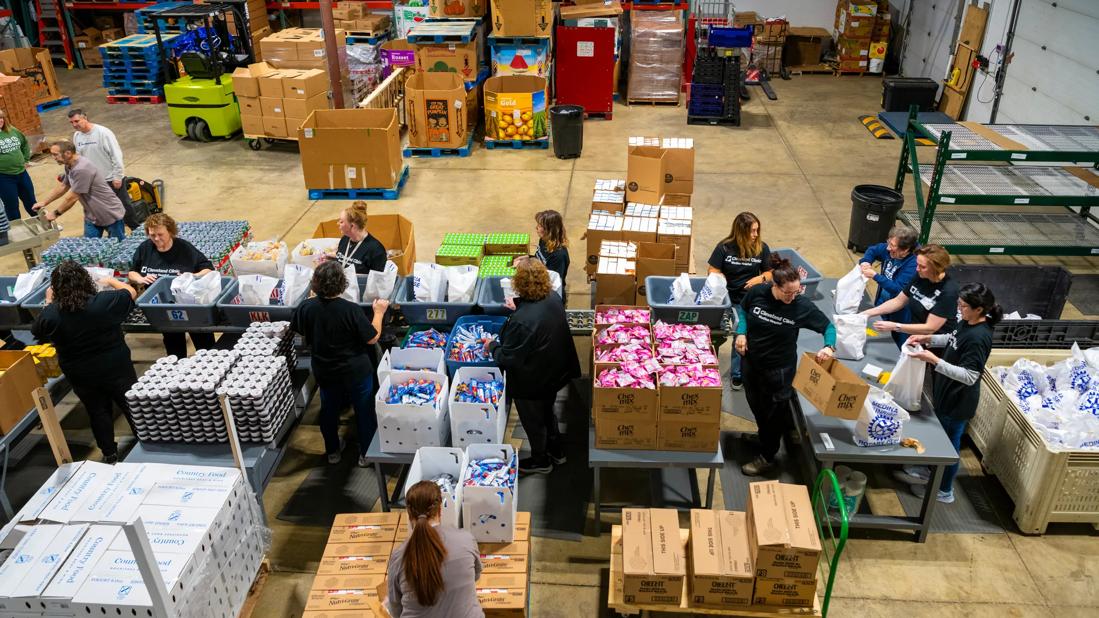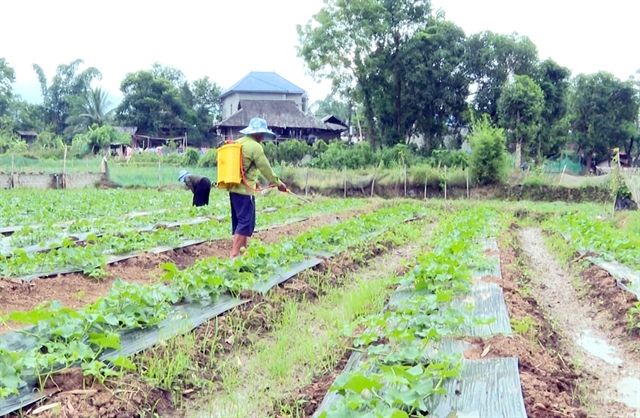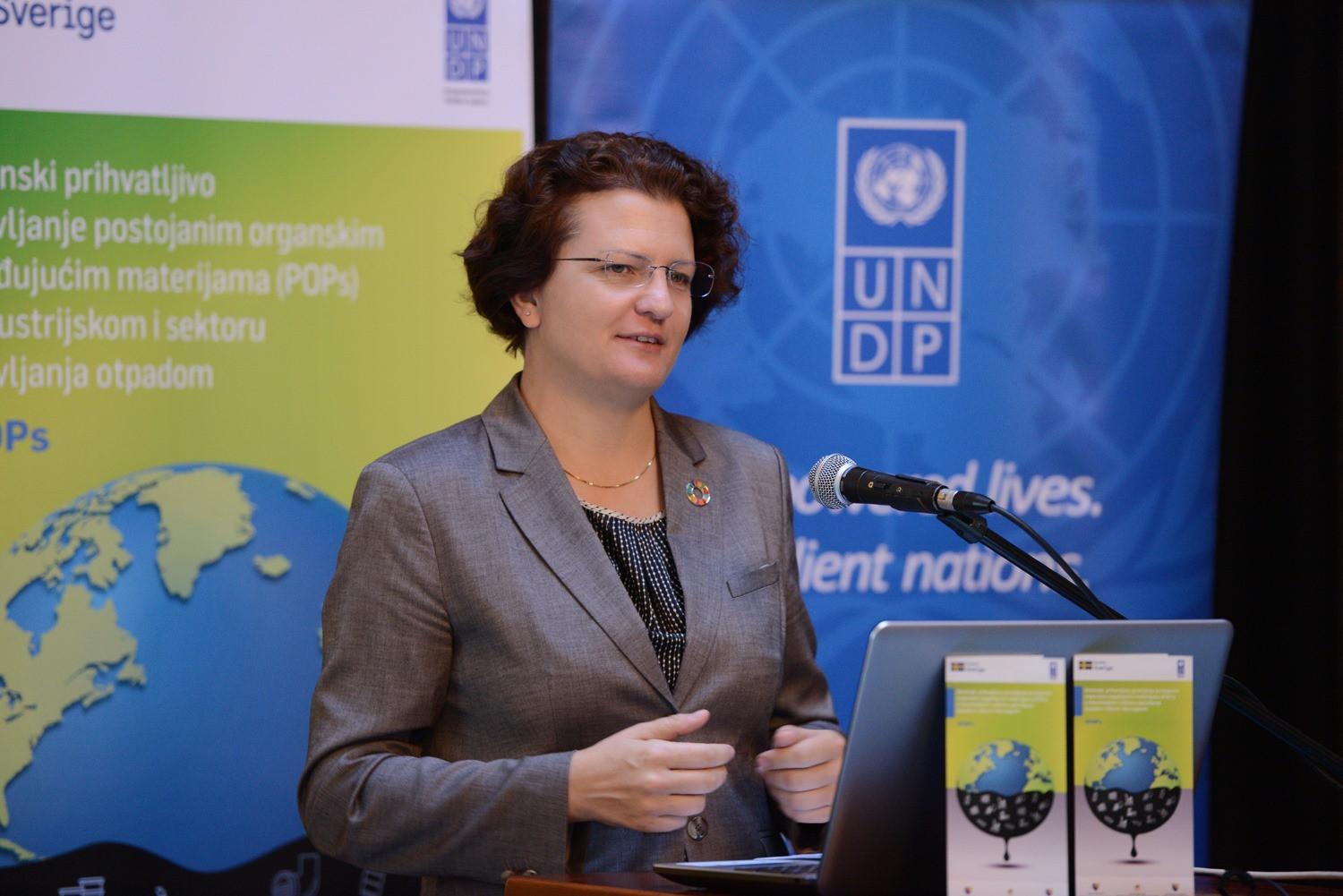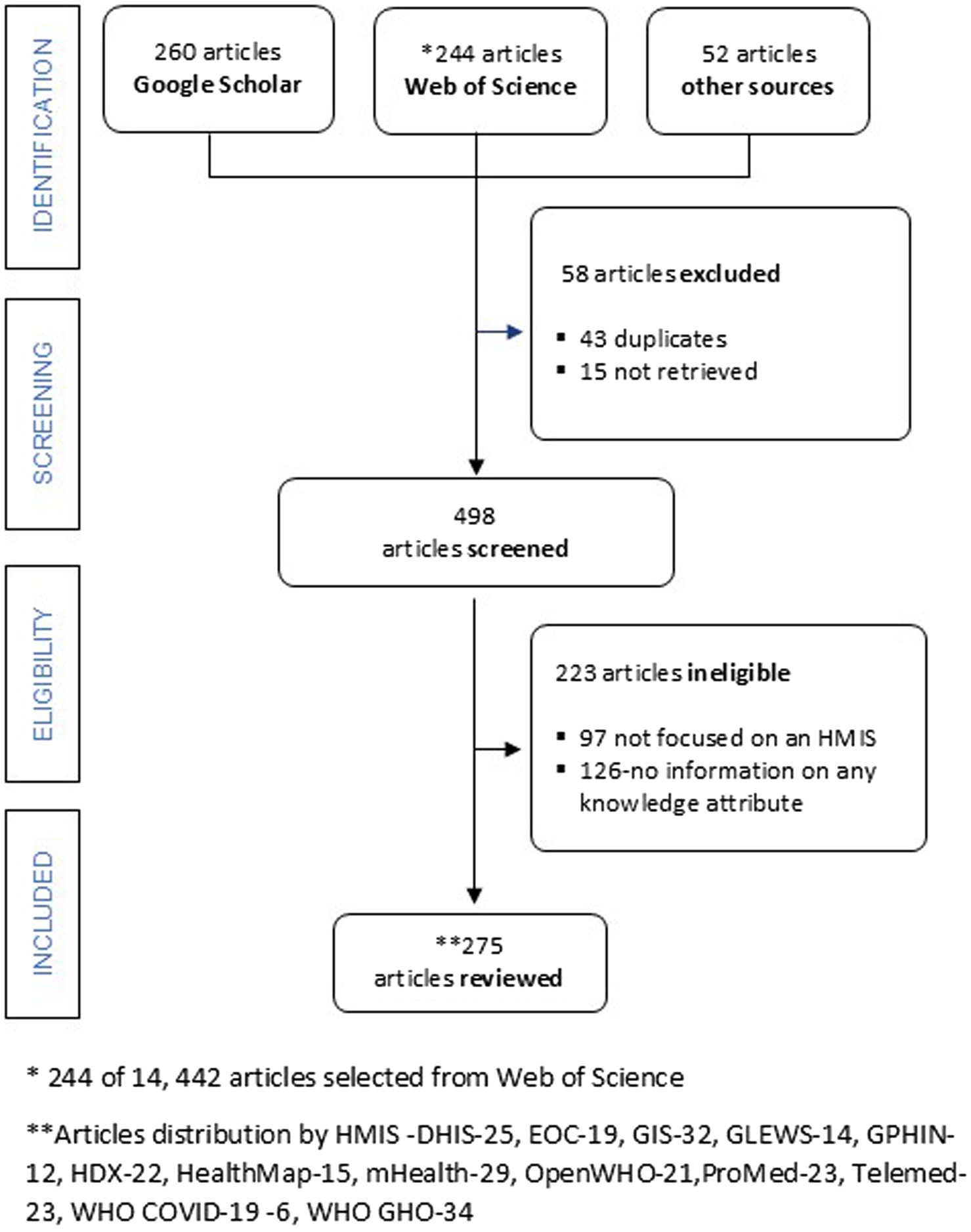Reducing maternal, neonatal, and child mortality and improving quality of health care through a national task-shifting program for public hospitals in Liberia – BioMed Central
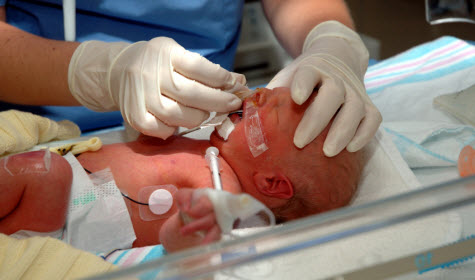
Report on Advanced Clinician Training Program in Liberia and its Contribution to Sustainable Development Goals
This report details the outcomes and strategic implementation of a specialized training program in Liberia for obstetric, neonatal, and paediatric clinicians. The initiative demonstrates a significant contribution to achieving multiple Sustainable Development Goals (SDGs), particularly SDG 3 (Good Health and Well-being), SDG 4 (Quality Education), SDG 5 (Gender Equality), SDG 8 (Decent Work and Economic Growth), SDG 10 (Reduced Inequalities), and SDG 17 (Partnerships for the Goals).
Program Outcomes and Workforce Development
The program successfully trained and deployed a new cadre of specialized clinicians, strengthening the national health system and directly addressing critical workforce shortages. The outcomes for each specialization are detailed below.
Obstetric Clinician Cohort
- Training and Qualification: 30 clinicians were trained in advanced obstetric care, including major surgical procedures. 29 successfully qualified.
- Workforce Retention and Impact (SDG 3 & SDG 8): Of the 29 qualified clinicians, 27 are currently clinically active, representing a high retention rate and a sustainable investment in human resources for health. This directly contributes to SDG 3 by increasing the availability of skilled birth attendants to reduce maternal mortality (Target 3.1) and provides decent work for skilled professionals (SDG 8).
- Academic Excellence (SDG 4): A high standard of quality education was achieved, with 12 clinicians achieving distinction and 8 achieving a merit in their final examinations.
Neonatal Clinician Cohort
- Training and Qualification: 17 clinicians were trained in advanced neonatal care.
- Workforce Retention and Impact (SDG 3 & SDG 8): 15 clinicians are currently working in Liberian hospitals. One graduate has become Liberia’s Lead Trainer for neonatal clinicians, amplifying the program’s impact through further capacity building. This workforce expansion is critical for ending preventable newborn deaths (SDG 3, Target 3.2).
- Academic Excellence (SDG 4): The program maintained high educational standards, with 6 clinicians achieving distinction and 5 achieving a merit.
Paediatric Clinician Cohort
- Training and Qualification: 12 clinicians were trained in emergency paediatric care. 11 successfully qualified.
- Workforce Retention and Impact (SDG 3 & SDG 8): All 11 qualified clinicians are actively working, addressing the need for specialized child health services to reduce under-5 mortality (SDG 3, Target 3.2).
- Academic Excellence (SDG 4): The cohort demonstrated strong performance, with 3 distinctions and 5 merits awarded.
Strategic Implementation and Alignment with SDGs
The program’s design and execution were strategically aligned with global development principles, emphasizing partnership, quality, and equity.
Training Methodology: An Apprenticeship Model for Quality Education (SDG 4)
The training was founded on an intensive apprenticeship model, ensuring trainees acquired relevant technical and vocational skills for effective service delivery, in line with SDG 4 (Target 4.4).
- Supervised Progression: Trainees advanced from assisting in procedures to performing them under direct and indirect supervision, culminating in independent practice.
- Comprehensive Skill Set: The curriculum included essential emergency procedures vital for reducing mortality.
- Obstetrics: Complicated Caesarean sections, management of ruptured ectopic pregnancies, miscarriages, and emergency hysterectomy.
- Neonatal: Resuscitation, skin-to-skin care to manage hypothermia, and WHO Level 2 intensive care, including nasal Continuous Positive Airway Pressure (CPAP).
- Paediatrics: Emergency care for children, delivered at Phebe Hospital.
- Monitoring and Evaluation: Progress was rigorously monitored through detailed paper and electronic logbooks for every patient, ensuring accountability and quality control.
Addressing Health Equity and Vulnerable Populations (SDG 3, SDG 5, SDG 10)
The program specifically targeted key health challenges and inequalities within Liberia.
- Focus on Adolescent Health (SDG 5): Recognizing the high rate of adolescent pregnancy in Liberia, the training emphasized a compassionate approach to address the unique psychological and emotional needs of pregnant girls, contributing to gender equality and their well-being.
- Rural and Underserved Areas (SDG 10): Trainees were intentionally selected from the most remote rural areas to ensure that qualified clinicians were deployed to regions with the greatest need, directly addressing health inequalities. For example, two neonatal clinicians now lead the unit at Martha Tubman Memorial Hospital, which treats approximately 45 critically ill newborns monthly.
- High-Volume Service Delivery: The impact on service delivery was substantial. From October 2013 to November 2017, the first 11 obstetric clinicians alone performed 1,654 Caesarean sections, demonstrating a significant enhancement of the health system’s capacity to provide emergency obstetric care (SDG 3).
Partnerships for the Goals (SDG 17)
The program’s success was built on a robust partnership model, exemplifying the spirit of SDG 17.
- International and Local Collaboration: The training was supported by a coalition of 9 Liberian obstetricians, international obstetricians, paediatricians, and advanced nurse practitioners from the UK and USA.
- Sustainable Capacity Building: Qualified local clinicians were integrated into the training faculty, helping to train new doctors and ensuring the program’s long-term sustainability.
- Governmental Partnership: The Liberian Ministry of Health (MOH) was a key partner, contracting qualified clinicians and assigning them to public hospitals based on need, including high-workload facilities in Monrovia.
1. Which SDGs are addressed or connected to the issues highlighted in the article?
SDG 3: Good Health and Well-being
- The article’s primary focus is on improving healthcare services in Liberia, specifically in obstetrics, neonatology, and paediatrics. This directly relates to ensuring healthy lives and promoting well-being for all ages, particularly for mothers and children. The training programs are designed to manage life-threatening complications during pregnancy, delivery, and early childhood, which is central to SDG 3.
SDG 4: Quality Education
- The article details specialized, advanced training programs for healthcare professionals. It describes an apprenticeship model, curriculum, examinations, and the qualification of clinicians. This represents a form of tertiary and vocational training aimed at providing relevant skills for professional employment in the health sector, aligning with the goals of quality education.
SDG 5: Gender Equality
- The article explicitly mentions the high rate of adolescent pregnancy in Liberia and the need for a compassionate approach to their care. By training clinicians to handle the specific physical and psychological needs of pregnant adolescent girls, the program addresses a key aspect of gender equality and the empowerment of women and girls, particularly concerning their health and well-being.
SDG 17: Partnerships for the Goals
- The training programs described are a result of collaboration between Liberian and international entities. The text mentions support from “8 international obstetricians,” “MCAI volunteers; a UK ANP, a USA paediatrician and two UK paediatricians,” and an “international advanced nurse practitioner.” This partnership model for capacity-building is a core principle of SDG 17.
2. What specific targets under those SDGs can be identified based on the article’s content?
SDG 3: Good Health and Well-being
- Target 3.1: By 2030, reduce the global maternal mortality ratio to less than 70 per 100,000 live births.
- The training of obstetric clinicians to perform “major surgery, such as Caesarean section,” manage “ruptured ectopic pregnancies,” “post-partum haemorrhage,” and “eclampsia” directly contributes to reducing maternal deaths.
- Target 3.2: By 2030, end preventable deaths of newborns and children under 5 years of age.
- The training of neonatal clinicians in “advanced neonatal care,” “resuscitation,” and “neonatal intensive care to WHO level 2” is aimed at reducing neonatal mortality. The article notes that the main causes of death are “birth asphyxia, followed by prematurity,” which the training seeks to address. The training of paediatric clinicians in “emergency care of children” also supports this target.
- Target 3.c: Substantially increase health financing and the recruitment, development, training and retention of the health workforce in developing countries.
- The entire article is a case study of this target. It describes the “recruitment… training and development” of 30 obstetric, 17 neonatal, and 12 paediatric clinicians in Liberia. It also touches upon retention, noting that “Twenty-seven are currently clinically active as obstetric clinicians” and “15 are, therefore, working as neonatal clinicians.”
SDG 4: Quality Education
- Target 4.4: By 2030, substantially increase the number of youth and adults who have relevant skills, including technical and vocational skills, for employment, decent jobs and entrepreneurship.
- The article describes highly specialized “advanced” training programs that provide midwives and physician associates with technical and vocational skills (e.g., performing Caesarean sections) to become qualified clinicians, enhancing their employment opportunities within the Liberian health system.
SDG 5: Gender Equality
- Target 5.6: Ensure universal access to sexual and reproductive health and reproductive rights.
- While not covering the full scope of the target, the article’s emphasis on improving obstetric care and addressing the specific needs of adolescent mothers contributes to better reproductive health outcomes. The statement, “Throughout our training, the special needs of adolescent pregnant girls were emphasised,” shows a direct effort to improve care for this vulnerable group.
SDG 17: Partnerships for the Goals
- Target 17.9: Enhance international support for implementing effective and targeted capacity-building in developing countries.
- The program’s structure, which involves “extended visits from 8 international obstetricians,” support from “MCAI volunteers,” and a “full time international advanced nurse practitioner,” is a clear example of international support for capacity-building in Liberia’s health sector.
3. Are there any indicators mentioned or implied in the article that can be used to measure progress towards the identified targets?
Indicators for SDG 3 Targets
- For Target 3.1 & 3.2 (Maternal and Neonatal Mortality):
- Number of essential obstetric procedures performed: The article states that the first two trainees “helped perform 353 advanced obstetric procedures, including 236 Caesarean sections” in less than two years. Later, it notes “1,654 Caesarean sections had been undertaken by the first 11 qualified and trainee obstetric clinicians” by November 2017. These numbers indicate an increased capacity to prevent maternal and infant deaths.
- Management of complications: The trainees “helped manage 41 patients with eclampsia or severe pre-eclampsia, 25 with post-partum haemorrhage and 21 with shock,” indicating improved emergency obstetric care.
- Number of critically ill newborns treated: One rural unit led by two neonatal clinicians treats “around 45 critically ill newborn infants… every month.”
- Mortality data: The article mentions collecting “mortality data in the 2 largest neonatal units,” with causes identified as “birth asphyxia, followed by prematurity.” This data is a direct indicator for monitoring progress.
- For Target 3.c (Health Workforce):
- Number of health workers trained and qualified: The article provides precise numbers: “29 [obstetric clinicians] who qualified,” “15 are, therefore, working as neonatal clinicians,” and “11 are working as paediatric clinicians.”
- Health worker density and distribution: The article mentions clinicians being assigned to “rural hospitals” and “the most remote rural areas of Liberia,” indicating an effort to improve the distribution of skilled health personnel.
- Retention rate of health workers: The article tracks retention by noting that of 29 qualified obstetric clinicians, 27 are still active, and of 17 trained neonatal clinicians, 15 are active in hospitals in Liberia.
Indicators for SDG 4 Target
- For Target 4.4 (Relevant Skills for Employment):
- Number of individuals who completed vocational training: The total number of qualified clinicians (29 obstetric, 15 neonatal, 11 paediatric) serves as an indicator.
- Assessment of skills: The article mentions trainees passing final examinations, including written, oral, and practical assessments (OSCE). The results are quantified, with “12 obstetric clinicians achieved distinction… and 8 achieved a merit,” indicating the quality and successful acquisition of skills.
- Monitoring of skill acquisition: The use of a “paper and electronic logbook” to record every procedure performed by trainees (as shown in Fig. 2 and 3) is a direct tool for measuring skill development.
4. Create a table with three columns titled ‘SDGs, Targets and Indicators” to present the findings from analyzing the article.
| SDGs | Targets | Indicators |
|---|---|---|
| SDG 3: Good Health and Well-being |
3.1: Reduce global maternal mortality.
3.2: End preventable deaths of newborns and children under 5. 3.c: Increase health workforce development and retention in developing countries. |
|
| SDG 4: Quality Education | 4.4: Increase the number of adults with relevant technical and vocational skills for employment. |
|
| SDG 5: Gender Equality | 5.6: Ensure universal access to sexual and reproductive health. |
|
| SDG 17: Partnerships for the Goals | 17.9: Enhance international support for capacity-building. |
|
Source: human-resources-health.biomedcentral.com

What is Your Reaction?
 Like
0
Like
0
 Dislike
0
Dislike
0
 Love
0
Love
0
 Funny
0
Funny
0
 Angry
0
Angry
0
 Sad
0
Sad
0
 Wow
0
Wow
0




















































